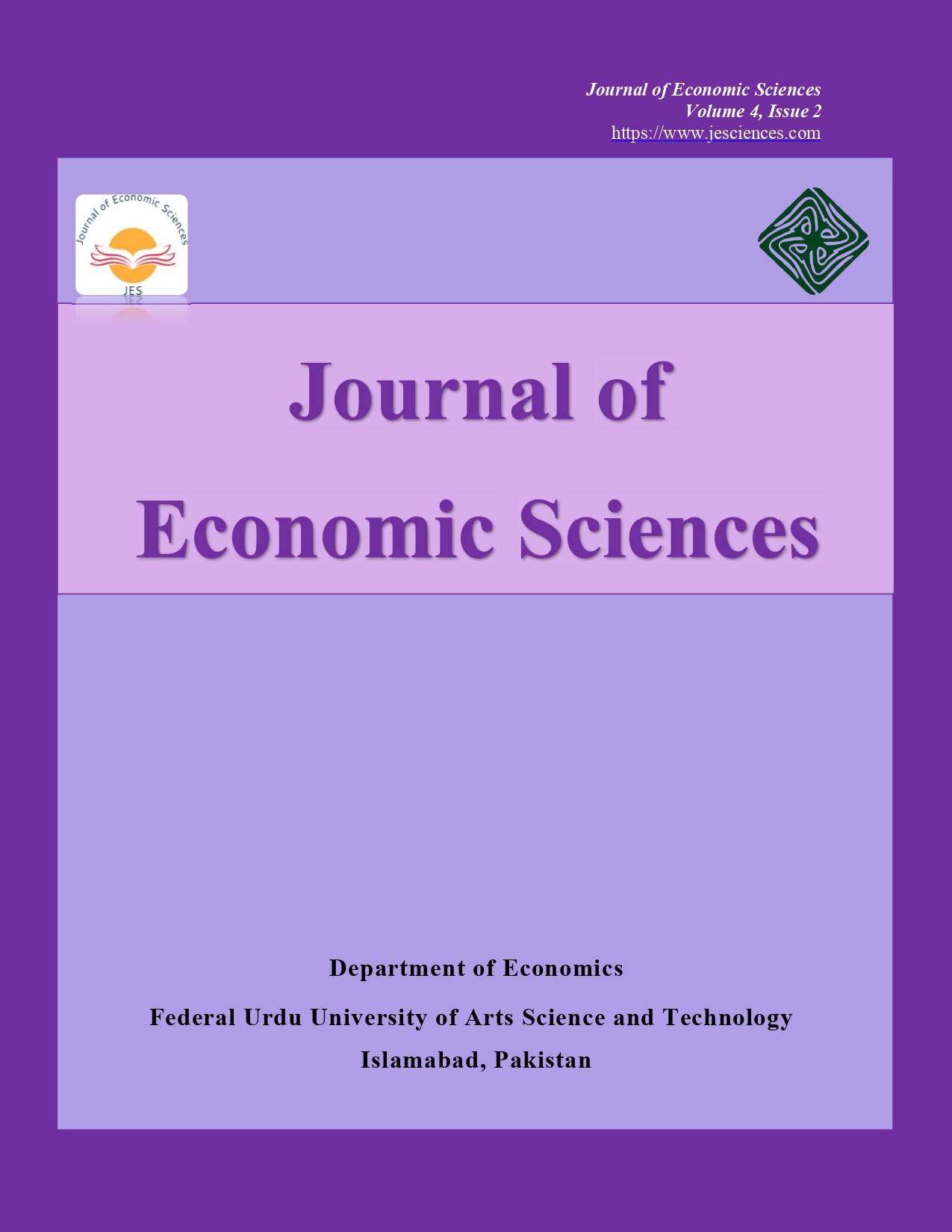Spatial Analysis of Poverty Localization in Pakistan: Implications for Sustainable Development Policies
Main Article Content
Abstract
Elimination of extreme poverty for all people everywhere by 2030 is the first goal of SDG. Poverty is the biggest problem in rural area of Pakistan and associated with health, education, and living standards. The study examines the multidimensional poverty in Pakistan, particularly in the provinces of Punjab, Sindh, KP and Balochistan by using PSLM 2019-20 data. The results of the study reveal that 33% of the population is multidimensionally poor, with 12% in urban areas and 42.7% in rural areas. It is estimated that 60% of the population of Balochistan is facing multidimensional poverty followed by 39% in Sindh, 38% in KP, and 23% in Punjab. It has been observed that poverty is particularly noticeable in the districts of South Punjab, rural areas of Sindh, the border and lower areas of the KP. While Balochistan is worst affected by poverty in Pakistan. Based on empirical evidence, the study recommends a multidimensional policy approach to reduce poverty in Pakistan at the provincial and district levels.
Article Details

This work is licensed under a Creative Commons Attribution 4.0 International License.
